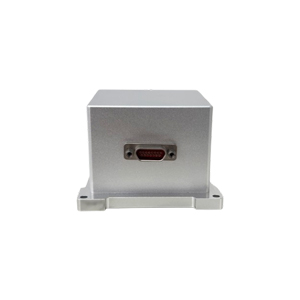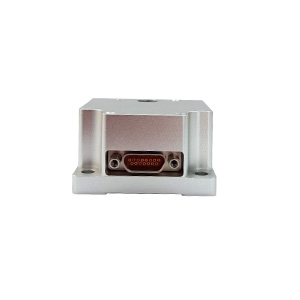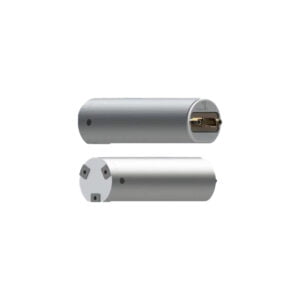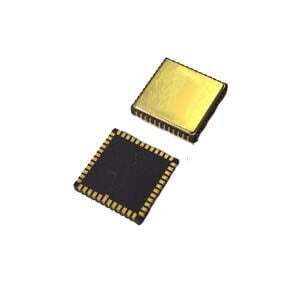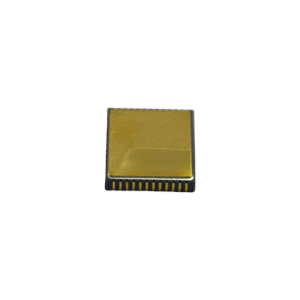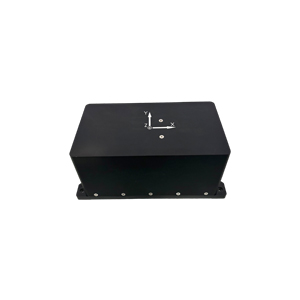A north finder is a device used to quickly and autonomously determine true north. MEMS and dynamic north finders represent two different technical solutions. The core difference lies in the gyroscope technology they employ, which directly leads to significant differences in performance, application, and cost.
I. Fundamental Differences in Technical Principles
The core of a dynamic north finder is a dynamic gyroscope, a high-precision mechanical rotor gyroscope. It relies on a metal rotor driven by a high-speed motor at tens of thousands of revolutions per minute. Through a precise universal joint and gimbal structure, the rotor generates strong angular momentum during high-speed rotation, resulting in excellent axial stability and precession. During north-finding, the instrument uses a gyroscope to measure the components of the Earth's rotational angular velocity vector at different orientations and calculate true north using a sophisticated algorithm. This process essentially measures an extremely small physical effect (Earth's rotation), placing extremely high demands on the gyroscope's accuracy and stability.
MEMS north finders, on the other hand, are based on microelectromechanical technology. Its gyroscope is not a rotating rotor, but rather a microscopic vibrating structure fabricated on a silicon chip using a photolithographic process. It exploits the physical principle of the Coriolis force: when a mass vibrates at high frequency within a plane, it generates a vertical Coriolis force proportional to angular velocity. By measuring the change in capacitance caused by this force, angular velocity can be calculated. To find north, the system typically continuously rotates the entire MEMS sensor to modulate and demodulate the weak signal generated by the Earth's rotation, thereby calculating north.
II. Resulting Differences in Performance and Application
The difference in technical principles directly determines the actual performance of the two:
Accuracy and Cost: After years of development, the technology of dynamic gyros has matured and achieved extremely high accuracy. Its north-finding accuracy can meet the most stringent military and industrial requirements. However, this accuracy comes at the cost of extremely high manufacturing costs, complex assembly processes, and expensive materials. In contrast, MEMS gyros, due to size and noise limitations, have lower accuracy and are primarily used in consumer electronics and automotive applications. However, revolutionary changes are underway. The emergence of a new generation of high-precision MEMS technology has boosted accuracy to a level comparable to traditional dynamic north finders, while also maintaining its cost advantage.
Size, Weight, and Power Consumption: This is the most obvious difference between the two. Dynamic north finders consist of mechanical structures such as high-speed motors, metal rotors, and precision bearings, resulting in large size and weight, and the drive motor consumes high power. MEMS north finders, on the other hand, are essentially a single chip, offering revolutionary advantages in miniaturization, lightweightness, and low power consumption.
Reliability and Startup Time: The mechanical bearings of dynamic north finders are subject to wear, resulting in a limited lifespan and prone to failure in high shock and vibration environments. Startup requires waiting for the rotor to accelerate and thermally stabilize, often taking several minutes. MEMS north finders are solid-state electronic devices with no moving parts, resulting in extremely high reliability and vibration resistance. Their rapid startup time makes them ideal for applications requiring rapid response.
Application Scenario: Based on these characteristics, the traditional application areas of the two are clearly distinct. Dynamic north-finders were previously primarily used in applications requiring extreme accuracy but not size or power consumption, such as high-precision artillery systems and reference orientation for fixed ground command posts. MEMS north-finders, on the other hand, are a natural fit for applications requiring stringent size, weight, power consumption, and startup speed, such as individual combat systems, portable well logging equipment, and rapid alignment of satellite communication antennas.
III. Summary
In short, a dynamic north-finder is like a "traditional craftsman" with extensive experience and expertise, but a high price tag, while a MEMS north-finder is like a "modern engineer" with dynamic, versatile, and highly cost-effective capabilities.
The current technological development trend is clear: MEMS technology continues to advance into high-performance applications. Its accuracy continues to improve, while its cost continues to decrease, making high-precision north-finding capabilities increasingly accessible and integrated. Although dynamic adjustment technology still has a place in some special scenarios with extreme precision requirements, there is no doubt that MEMS technology, with its unparalleled comprehensive advantages, has become the absolute mainstream and future direction of the development of north-seeking technology, and is driving the entire industry to move rapidly towards miniaturization, low cost and high reliability.
Application Techniques
1.Why can MEMS north finders become the revolutionary orienteering in the era of miniaturization?
2.How important is the North Seeker in the field of oil、mining and drilling?
3.ER-MNS-09 MEMS directional module: a precise tool for revolutionizing drilling technology
4.Precision without boundaries! ER-MNS-05 MEMS North Finder defines new mining standards
6.Efficient mining, north seeker assists mining drilling operations


